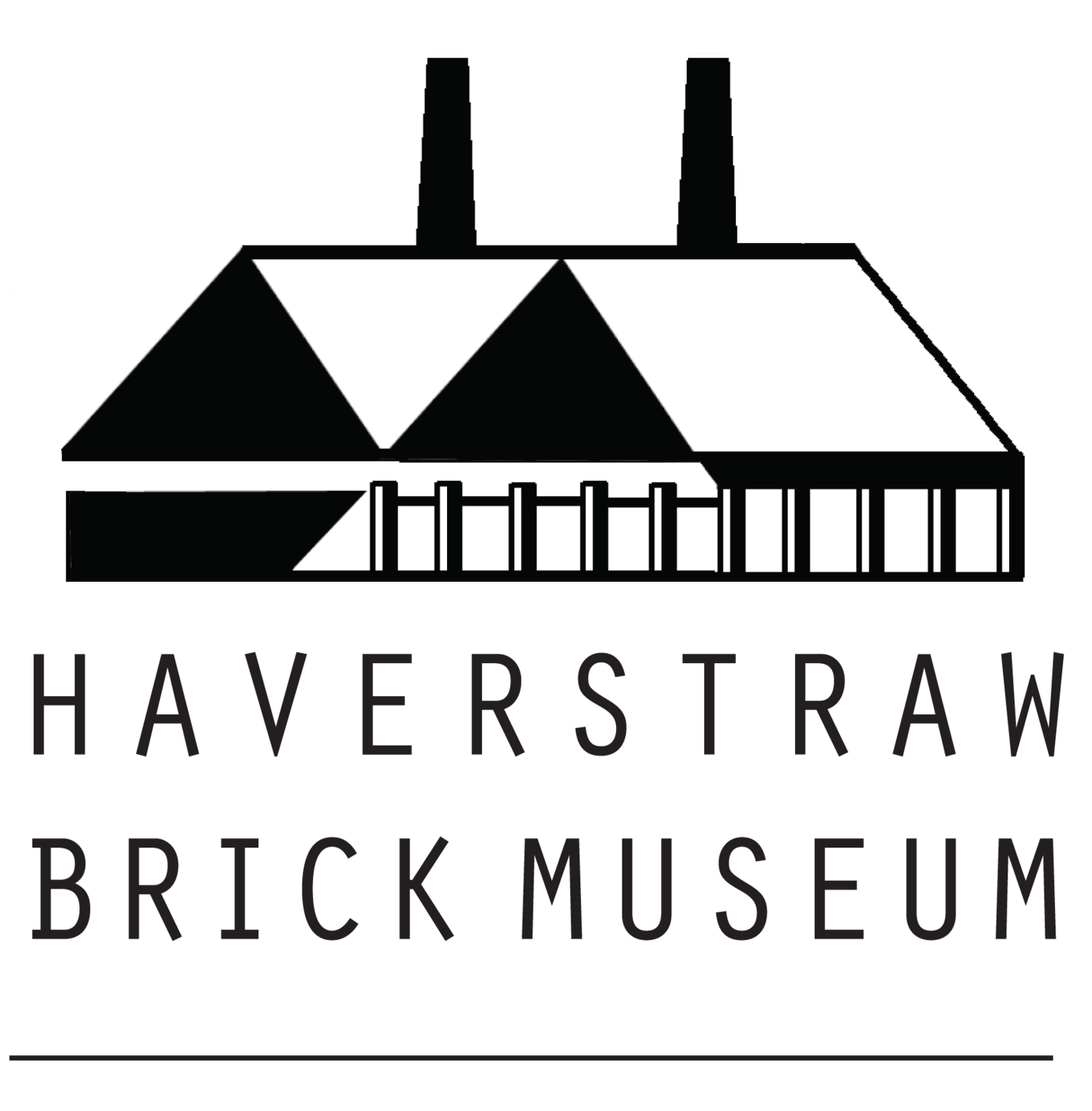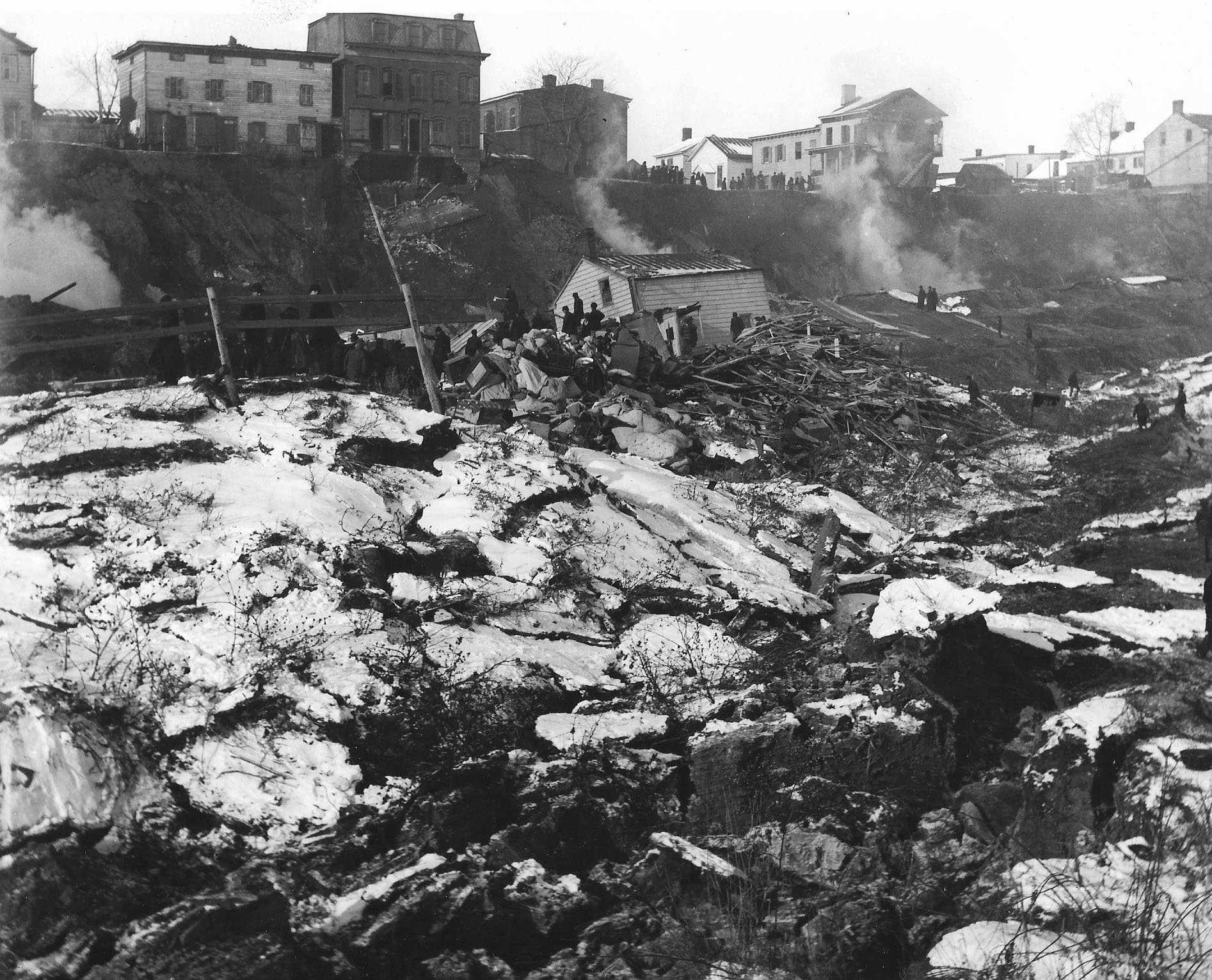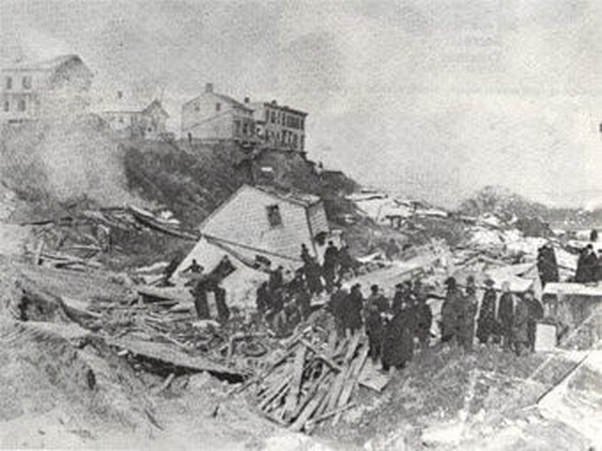MISSION
Our mission is to support the preservation of the local and regional history of the Hudson River Valley, provide an educational center to maintain knowledge of the area’s historic brick-making heritage and its environmental legacy, and inspire and celebrate the vibrant immigrant communities that helped build the town, and still form the village of Haverstraw today.
Our mandate is to collect, preserve and interpret the objects, structures, or historic sites built with bricks from Haverstraw and the surrounding North Rockland and Tri-State areas. Through research and documentation, we provide an essential learning resource for students, historians, architects, artists, and educators wishing to understand the rich cultural traditions that formed the river towns along the Hudson River today.
Original Map of Nederland, New York
Haverstraw and the American Revolution
The History of Brick-Making in North Rockland
The Hudson River’s shore contained huge deposits of yellow and blue clay which led to the establishment of the area now called the Town of Haverstraw. In 1771, a Dutch settler, Jacob Van Dyke, established the Stony Point brick industry. The Stony Point brick factory was the first brick manufacturing operations recorded that made bricks manually using ovens to temper the clay.
In 1815, an Englishman, James Wood settled in Haverstraw and started brick-making operations. Mr. Wood improved the brick-making process by using a vented wooden mold which allowed the clay to dry more evenly and made bricks easier to make consistently in small batches.
From 1815 on, brick-making became one of the Hudson River Valley’s most prolific industries, with brickyards appearing along the Hudson as far north as Albany. By the 1880’s, there were over 40 brickyards in the Haverstraw area with brick-making becoming a way of life in the Hudson River Valley. Manufacturers took advantage of easy access to New York City and Midwestern markets via the Hudson River and Erie Canal. In a single year, over 300 million bricks were being shipped out of Haverstraw Bay to the New York metropolitan market, which at the time, was using more than one billion bricks annually.
IMMIGRATION & MIGRATION
Since the founding of Haverstraw and the surrounding area, from the colonial period to present day, immigration and multi-cultural ethnic integration has played an important role in the Town of Haverstraw. The brick industry provided jobs near to New York City and recruited hard working immigrants from all over the world. In the 1900’s, in an attempt to solve the labor shortage, the Haverstraw brickyards sent representatives down to the southern states to recruit workers from African-American communities to work in the Haverstraw brickyards.
Settle by the Dutch in 1616, the name Haverstraw is one of the oldest in the geography of North America. The word comes from the old Dutch language and means “oat straw.” It was originally pronounced “Haverstro” and became Haverstraw.
In 1837, the Village of Haverstraw was known as the Village of Warren, named after General Joseph Warren, who fought in the Battle of Bunker Hill. However, the name was never popular, and in 1874, the name was officially changed to Haverstraw.
Examples of the DeNoyelles Brick Company mark on brick face
Haverstraw Innovation
As the industry grew, innovation and inventions modernized the brick- making industry. Haverstraw’s brick manufacturers where at the epicenter of new technology starting with James Wood who discovered that adding fine, anthracite coal dust to the clay mixture greatly reduced the burning time in the kiln by half.
In 1852, Richard A. Ver Valen invented the automatic brick-making machine. This invention solidified Haverstraw’s place as the “Capital” of a global brick-making industry.
Model of the VerValen brick machine, fashioned by Frederick Bohlander, for his children, as a Christmas toy in 1895. Come to the Museum and view Bohlander’s model and learn how it works.
THE GREAT LANDSLIDE OF 1906
By the 1900’s, the excavation of clay used in the manufacturing of bricks, had pushed closer to the residential and business sections of Haverstraw Village. On January 8th, 1906, the earth finally “gave way” causing a landslide destroying many homes and a tragic loss of 19 lives.











